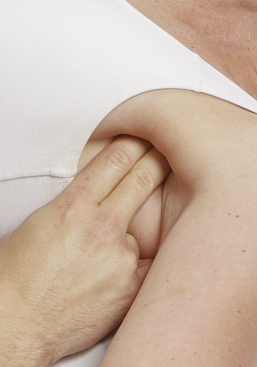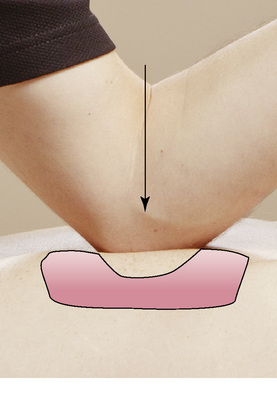Chapter 1 Theory
Theoretical approach
As a modality, deep tissue massage focuses on addressing the muscular complaints that are rooted in the deeper layers of the musculoskeletal system. Deep tissue massage should not be viewed as a separate modality, but rather as the use of several different techniques of therapeutic massage to enhance the overall outcome of the session. Deep tissue massage is a mindset, an intention, and an approach using the tools and talents possessed by a therapist to address specific musculoskeletal complaints (Figure 1-1).
Forces applied to the body
Compression
Compression occurs when two or more structures are pushed together. This occurs with most massage strokes, but it also occurs in everyday life and injuries. Compression as a force can be beneficial or detrimental to the body (Figure 1-2).
Stay updated, free articles. Join our Telegram channel

Full access? Get Clinical Tree










